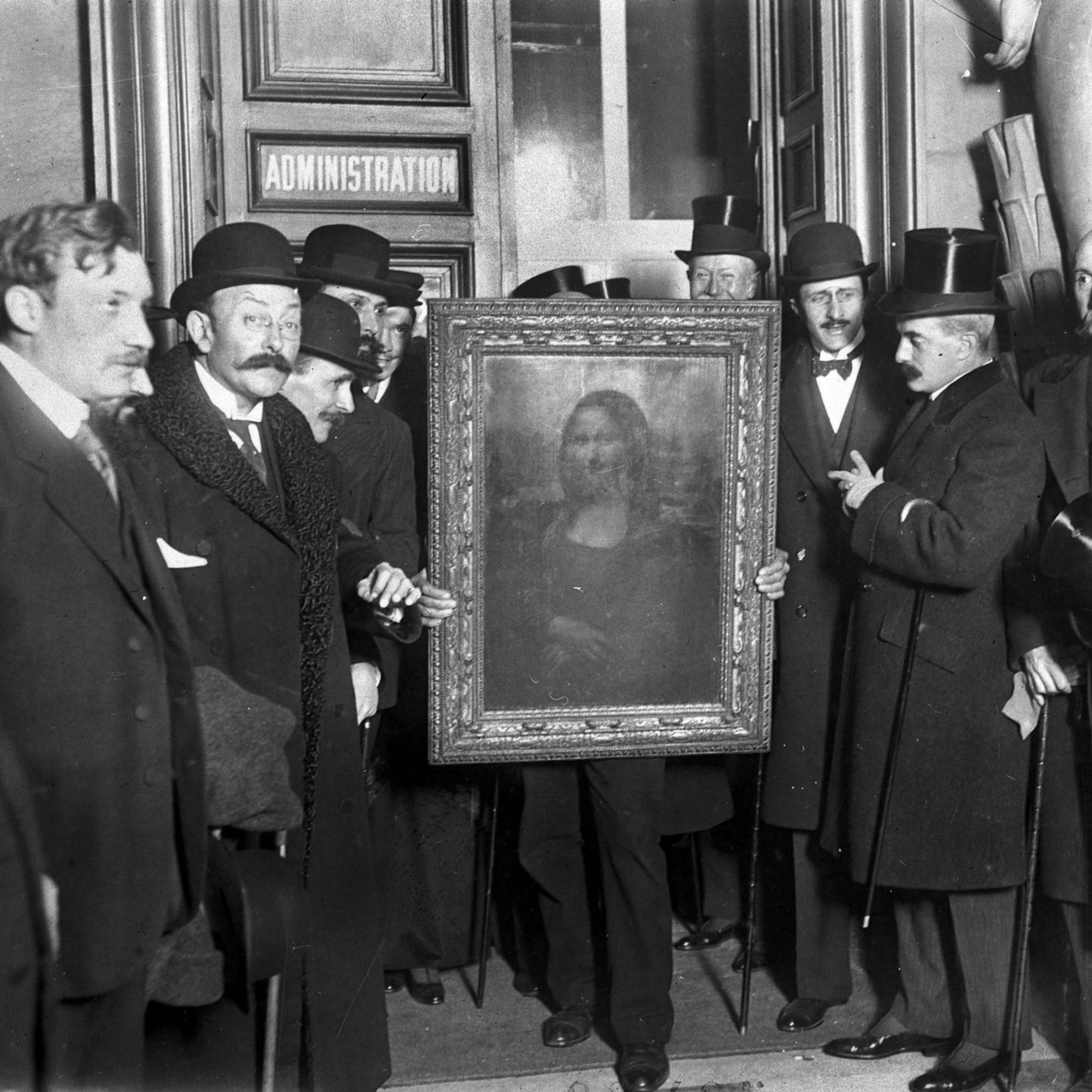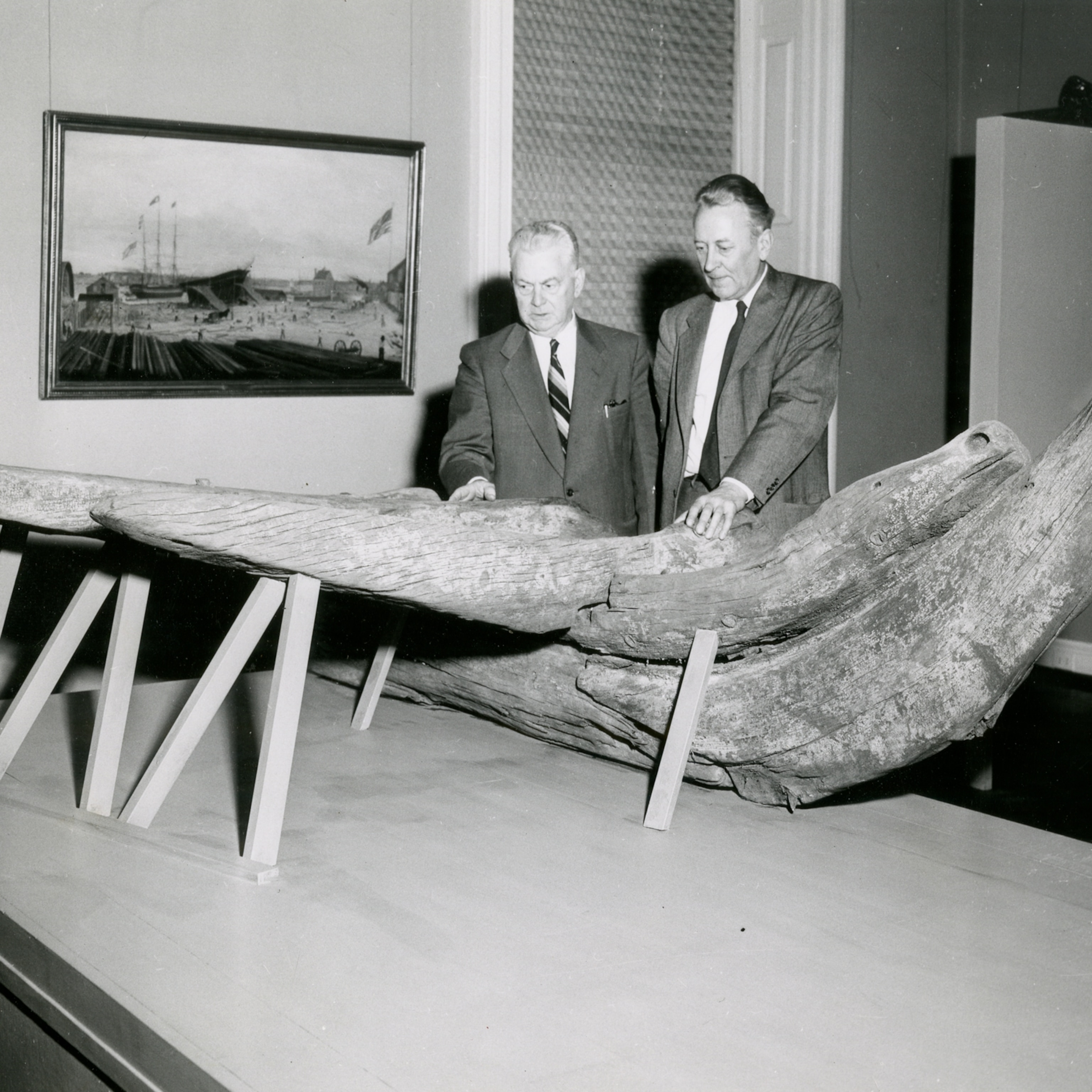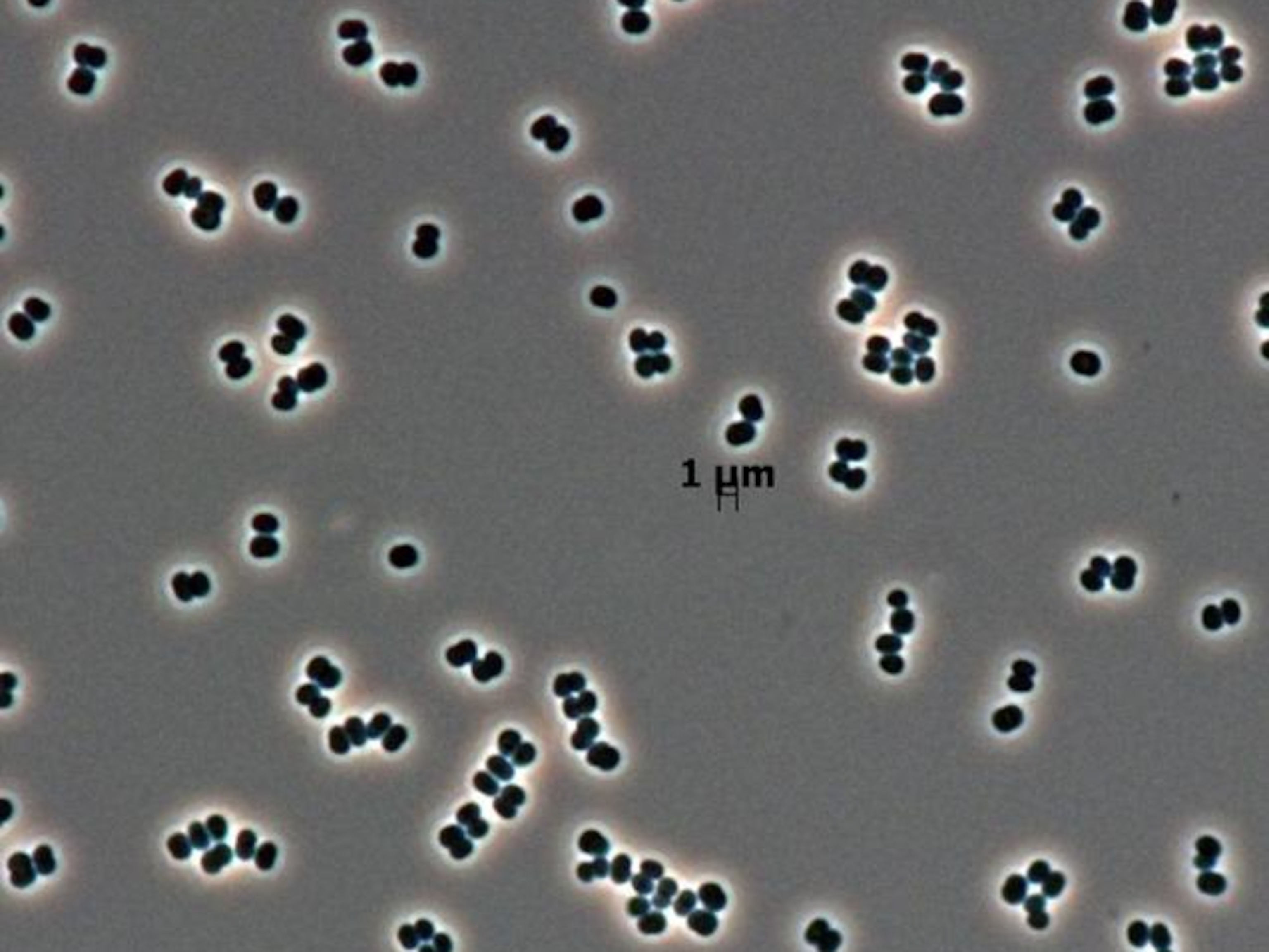
Endeavour Makes Final Landing in California
Retired orbiter to be displayed at Los Angeles museum.
NASA's space shuttle Endeavour landed at Los Angeles International Airport (LAX) Friday afternoon, swooping down through a bright-blue southern California sky alongside two fighter jet escorts.
Endeavour arrived at LAX perched atop a modified 747 during a ferry flight from Florida's Kennedy Space Center that began on Wednesday. The touchdown, at 12:51 p.m. PT, marked the end of a three-day, cross-country tour and the last time the retired orbiter will be aloft.
After various stops and flybys at sites that have contributed to the shuttle program during its 30-year history, Endeavour arrived at Dryden Flight Research Center at Edwards Air Force Base in California on Thursday afternoon.
The shuttle took off again for the final time midmorning Friday and conducted more flyovers of regions in northern and southern California—including the Palmdale area, where all of the shuttles were built, and downtown Los Angeles—before landing at LAX.
Endeavour flew its final mission last May and is being retired to the California Science Center (CSC) in Los Angeles, where it will form the centerpiece of a new space shuttle display. (See pictures from space shuttle Endeavour's final mission.)
CSC president Jeffrey Rudolph told National Geographic News that Endeavour's arrival today marked the fulfillment of a 20-year dream for the center.
"We have renderings of the master plan for the science center going to back to 1992, when we said, 'Someday they're going to retire the space shuttles, and we ought to try to get one,'" Rudolph said.
Endeavour Versatile, Lightweight
Named after a ship commanded by 18th-century English explorer James Cook (hence the shuttle name's British spelling) Endeavour was the fifth and final NASA space shuttle to be constructed—a replacement for Challenger following that orbiter's deadly accident in 1986.
Endeavour, which first launched in 1992, was known for its versatility. It has hauled satellites into orbit and was chosen for the critical Hubble servicing mission in 1993, which corrected the space telescope's faulty vision.
(See ultrahigh-resolution, 360-degree space shuttle pictures.)
And being one of the lighter—and therefore more fuel efficient—space shuttles, Endeavour was often used to ferry the heaviest cargo into space. As the newest shuttle, Endeavour featured hardware not found in the other orbiters, including improved plumbing and electrical connections intended for longer missions, as well as updated flight systems.
After touching down at LAX, the Shuttle Aircraft Carrier bearing Endeavour taxied to a hangar at the airport, where the orbiter will remain as preparations are made for its mid-October ground transfer to the CSC, via the streets of Inglewood and Los Angeles, where hundreds of trees have been controversially cut down for the shuttle parade.
By agreement with LAX, Endeavour must be out of the hangar and off airport property by October 12. LAX is the sixth busiest airport in the world, said Robert Pearlman, editor of the space history and artifacts website collectSPACE.com.
"As a result one of the airport's conditions for having Endeavour come there was that it would not interrupt airport operations."
(Space shuttle Endeavour: 12 pictures to remember.)
Endeavour Will Make "Jaw-Dropping" Sight
Aside from a few modifications made to accommodate the ferry flight, Endeavour arrived at LAX looking much as it did when it was on active duty—at least from the outside.
The most obvious difference was an aerodynamic tail cone that was fitted over the the orbiter's three main engines to create a smooth airflow during the ferry flight and which will be removed over the following days. Workers will also reinstall two engine nozzles and a drag chute door on the back end of the space shuttle before transport.
The changes inside the shuttle are more drastic. The plumbing for the Endeavour's three engines, which will be reused in other NASA flight programs, and parts containing toxic chemicals, such as the shuttle's internal tanks, have already been taken out.
Also, most of the components from Endeavour's mid-deck—the living and research area, including galley and toilet—have also been removed but will be placed on display in a walk-through re-creation of the room in the future.
The youngest NASA orbiter will eventually form the centerpiece of a new addition to the CSC, where Endeavour will be hoisted upright in about five years' time.
That will be exciting, CSC president Rudolph said. "When we stand the shuttle up in a full stack with the solid rocket booster and the external tank as if it’s getting ready to launch ... that will be unlike anything in the world," he added.
"It really will be jaw-dropping."
Space Shuttle's Final Flight "Bittersweet"
For NASA astronaut Gregory Chamitoff, watching Endeavour's final flight Friday was "bittersweet, but also exciting."
"The retiring of the space shuttle enables [NASA] to do the things it's doing next and to go further than the shuttle can go," said Chamitoff, who was at LAX to meet Endeavour.
Chamitoff, who has flown aboard Endeavour two times, including its 25th and final mission, said the youngest shuttle in NASA's fleet will always be dear to him. "It took me back home to my family successfully twice," he said.
Endeavour also holds a special place in NASA astronaut Garrett Reisman's heart, because it was the shuttle that first rocketed him into space. He expressed sadness at her retirement.
"Endeavour to me is kind of a living thing," he said, "and it's sad to see a living thing that was meant to fly never be able to fly again."
More: "When the Space Shuttle Finally Flies," from the National Geographic magazine archive >>








